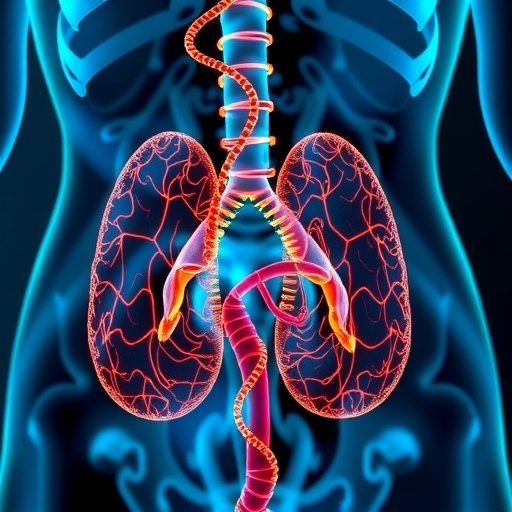HOUSTON – (April 25, 2016) – Current medical research and literature may be overemphasizing the role that hospital volume plays in patient outcomes, according to a study by researchers at Rice University.
Hundreds of studies published in medical journals have concluded that hospitals that perform higher numbers of complex operations have lower patient-mortality rates. This volume-outcome relation has been identified for a wide variety of procedures, including open-heart surgery, hip replacement and many cancer operations. In a new study, Rice researchers noted that many previous studies used the simplest statistical models to measure the volume-outcome relationship. The problem with the simpler approach, they said, is that it can't account for other factors that may drive both high volume and better outcomes. For example, some hospitals could have talented administrators who attract more patients, and these administrators may also foster an environment leading to a higher quality of care.
"Measuring the Volume-Outcome Relation for Complex Hospital Surgery" was co-authored by Vivian Ho, the chair in health economics at Rice's Baker Institute for Public Policy and director of the institute's Center for Health and Biosciences; Woohyeon Kim, a doctoral candidate in economics; and Stephen Wolff, a doctoral candidate in mathematics. It will be published in the journal Applied Health Economics and Health Policy.
In their paper, the authors use more advanced statistical modeling to examine the volume-outcome relationship for six complex cancer operations. They analyzed patient-level hospital discharge data from three states with some of the largest populations in the U.S. (Florida, New Jersey and New York) and data from the American Hospital Association Annual Survey of Hospitals from 2000 to 2011. They show that the simplest model, a logistic regression, could give the impression that the volume-outcome relation exists for all six operations. When one applies more advanced modeling that corrects for potential biases, only four operations have a volume-outcome effect.
"If patients are in need one of these operations, they most likely will rely on advice from their physician on which hospital to get treated at," said Ho, who is also a professor of economics at Rice and a professor of medicine at Baylor College of Medicine. "But physicians who consult the medical literature for guidance on where to send their patients may be getting incomplete information. The medical literature may be overemphasizing the role that hospital volume plays in patient outcomes."
This finding is important for patients who don't live near a large hospital, the authors said. "Traveling to a high-volume hospital could be costly and hard on both the patient and family," Ho said. "Even some patients living in a large city may prefer their nearby community hospital to a large medical center 20 or 30 miles away."
The authors conclude that the volume-outcome effect is common, but it is not as common as many medical researchers think. The effect varies by procedure, and more studies should re-evaluate the volume-outcome effect using appropriate statistical modeling, they said.
###
For more information or to schedule an interview with Ho, contact Jeff Falk, associate director of national media relations at Rice, at [email protected] or 713-348-6775.
Related materials:
Study: http://link.springer.com/article/10.1007/s40258-016-0241-6.
Ho bio: http://bakerinstitute.org/experts/vivian-ho.
Follow the Baker Institute via Twitter @BakerInstitute.
Follow the Center for Health and Biosciences via Twitter @BakerCHB.
Follow Rice News and Media Relations via Twitter @RiceUNews.
Founded in 1993, Rice University's Baker Institute ranks among the top five university-affiliated think tanks in the world. As a premier nonpartisan think tank, the institute conducts research on domestic and foreign policy issues with the goal of bridging the gap between the theory and practice of public policy. The institute's strong track record of achievement reflects the work of its endowed fellows, Rice University faculty scholars and staff, coupled with its outreach to the Rice student body through fellow-taught classes — including a public policy course — and student leadership and internship programs. Learn more about the institute at http://www.bakerinstitute.org or on the institute's blog, http://blogs.chron.com/bakerblog.
Media Contact
Jeff Falk
[email protected]
713-348-6775
@RiceUNews
http://news.rice.edu
The post Medical literature may overemphasize role of hospital volume in patient outcomes appeared first on Scienmag.




